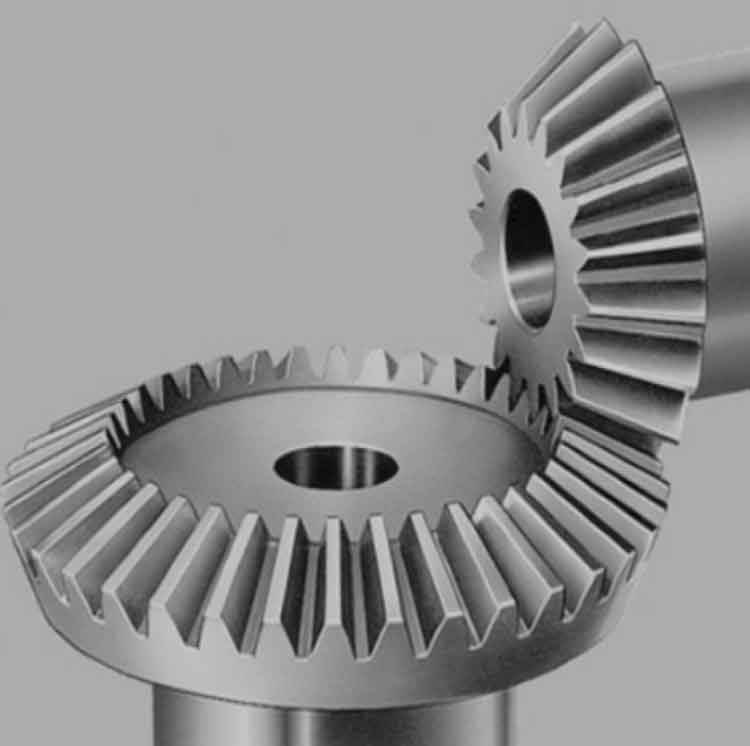
Noise reduction is a critical consideration in straight bevel gear applications, as it helps create a quieter and more comfortable operating environment. Here are some effective noise reduction techniques commonly employed in straight bevel gear applications:
1. Tooth Profile Optimization:
The tooth profile of straight bevel gears can be optimized to minimize noise generation. Modifications to the tooth shape, such as tooth crowning or tapering, can help achieve smoother tooth engagement and reduce impacts and vibrations during operation. By carefully designing the tooth profile, noise levels can be significantly reduced.
2. Surface Finish and Quality:
Improving the surface finish and quality of the gear teeth can reduce noise generation. Smoother gear tooth surfaces reduce friction and minimize the likelihood of noise-causing irregularities. Precision manufacturing processes and high-quality materials contribute to improved surface finish and gear tooth quality.
3. Lubrication:
Proper lubrication is essential for noise reduction in straight bevel gears. Lubricants with suitable viscosity and additives can help reduce friction and wear between the gear teeth, resulting in quieter operation. The lubricant film also helps dampen vibrations and absorb noise generated during gear meshing.
4. Gear Meshing Optimization:
Optimizing the gear meshing parameters, such as the backlash and contact pattern, can contribute to noise reduction. A proper backlash setting allows for smooth engagement of the gear teeth, reducing impacts and noise. Adjusting the contact pattern ensures proper load distribution and minimizes localized stress concentrations that can lead to noise generation.
5. Gear Housing Design:
The design of the gear housing or enclosure can also play a role in noise reduction. Incorporating sound-absorbing materials or structures within the housing can help dampen gear noise. Additionally, the housing should be designed to minimize the transmission of vibration and noise to the surrounding environment.
6. Damping and Isolation:
Implementing damping and isolation measures can further reduce noise in straight bevel gear applications. Vibration-damping materials, such as rubber or elastomeric components, can be used to absorb and dissipate vibrations, reducing noise. Isolating the gear system from the surrounding structure can also minimize noise transmission.
7. Gear Maintenance and Inspection:
Regular maintenance and inspection of the gear system are crucial for noise reduction. Periodic inspections help identify any wear, misalignment, or damage that may contribute to increased noise levels. Timely maintenance, including gear cleaning, lubricant replacement, and component repair or replacement, can help restore optimal gear performance and reduce noise.
By applying these noise reduction techniques, the noise levels in straight bevel gear applications can be effectively minimized. However, it’s important to note that noise reduction measures should be implemented as part of a comprehensive gear design and maintenance approach. Consultation with gear experts and adherence to industry standards and best practices are recommended to ensure optimal noise reduction while maintaining gear performance and reliability.
